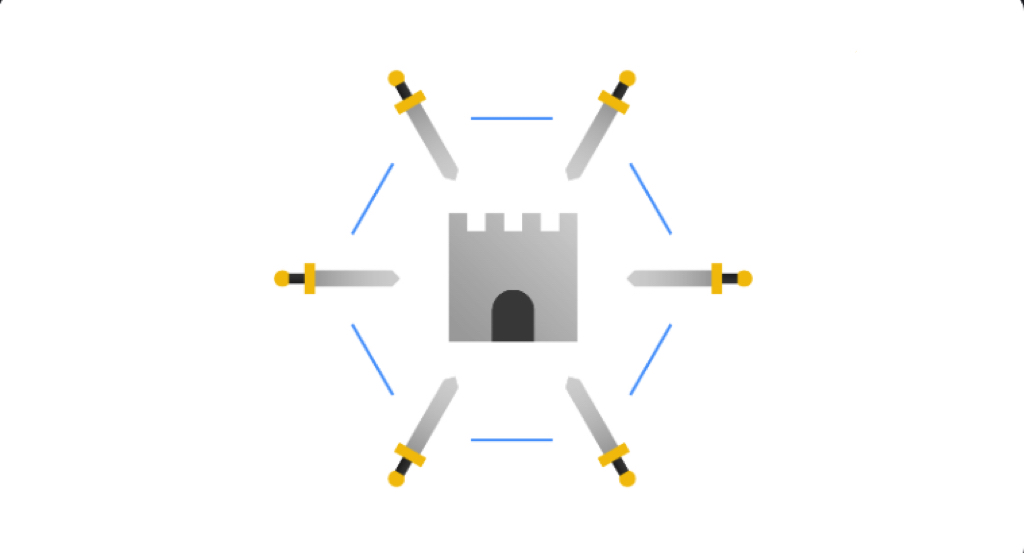
Since 2008, when Bitcoin was born as a peer-to-peer electronic cash system, many other digital currencies have gradually emerged, each with its own specific mechanisms. However, almost all digital currencies share one common feature: they are built around a blockchain as their core architecture.
In the vast majority of cases, a blockchain is designed as a decentralized electronic ledger maintained by a distributed network of nodes. As a result, blockchain systems enable financial transactions to be executed in a fully transparent and reliable manner without intermediaries. Digital currencies are gradually replacing traditional banking payment systems that require high trust.
Like most distributed computing systems, participants in a digital currency network need to regularly discuss and agree on the current state of the blockchain—this is what we call reaching consensus. However, achieving consensus in a distributed network in a secure and efficient manner is no easy task.
So, how can a network of distributed computer nodes agree on decisions when some nodes may fail or act dishonestly? This is the essence of the so-called Byzantine Generals Problem, which gave rise to the concept of Byzantine Fault Tolerance (BFT).
What is the Byzantine Generals Problem?
Simply put, in 1982, the Byzantine Generals Problem was identified as a logical dilemma illustrating the communication challenges that might arise when a group of Byzantine generals attempts to agree on their next course of action.
The dilemma assumes that each general has their own army, with each army positioned in different locations around the city they intend to attack. The generals must agree on whether to attack or retreat. As long as all generals reach a consensus—meaning they coordinate and decide to act together—it doesn’t matter whether they choose to attack or retreat.
Thus, we can consider the following conditions:
-
Each general must make a decision: attack or retreat (yes or no);
-
Once a decision is made, it cannot be changed;
-
All generals must agree on a unified decision and execute it simultaneously.
The communication problem mentioned above stems from the fact that one general can only communicate with another through messages delivered by messengers. Therefore, the core challenge of the Byzantine Generals Problem is that messages may be delayed, corrupted, or lost in some way.
Moreover, even if a message is successfully delivered, one or more generals may choose (for whatever reason) to act maliciously and send fraudulent messages to confuse others, leading to mission failure.
If we map this dilemma to a blockchain, each general represents a network node, and the nodes need to agree on the current state of the system. In other words, the majority of participants in a distributed network must agree and execute the same actions to avoid failure.
Thus, the only way to achieve consensus in such distributed systems is to have at least two-thirds or more of the network nodes be reliable and honest. This means that if the majority of nodes in the network decide to act maliciously, the system becomes vulnerable to failures and attacks (e.g., a 51% attack).
Byzantine Fault Tolerance (BFT)
In simple terms, Byzantine Fault Tolerance (BFT) is a system property that enables resistance to the failures caused by the Byzantine Generals Problem. This means that a BFT system can continue to operate even if some nodes fail or act maliciously.
There are multiple possible solutions to the Byzantine Generals Problem, and thus, multiple ways to build Byzantine Fault Tolerant systems. Similarly, blockchains employ various methods to achieve BFT—this is what we refer to as consensus algorithms.
Blockchain Consensus Algorithms
We can define consensus algorithms as the mechanisms by which a blockchain network achieves consensus. The most common examples are Proof of Work (PoW) and Proof of Stake (PoS). Here, we’ll use Bitcoin as an example.
The Bitcoin protocol defines the main rules of the system, and the Proof of Work consensus algorithm explains how to follow these rules to reach consensus (e.g., during transaction validation and confirmation).
Although the concept of Proof of Work predates digital currencies, Satoshi Nakamoto modified the original version and developed an improved PoW algorithm that could position Bitcoin as a Byzantine Fault Tolerant system.
Note that this PoW algorithm is not entirely immune to Byzantine faults, but due to the high-cost mining process and underlying cryptography, PoW has proven to be one of the most secure and reliable methods in blockchain networks. In this sense, the PoW consensus algorithm designed by Satoshi Nakamoto is considered by many to be one of the most ingenious solutions for Byzantine Fault Tolerance.
Conclusion
The Byzantine Generals Problem is an intriguing dilemma that ultimately led to the creation of Byzantine Fault Tolerant systems, which are now widely used in various scenarios. Beyond the blockchain industry, some use cases for BFT systems include aviation, aerospace, and nuclear power industries.
In the realm of digital currencies, efficient network communication and robust consensus mechanisms are crucial for any blockchain ecosystem. Safeguarding these systems requires ongoing effort, and existing consensus algorithms have yet to overcome certain limitations (e.g., scalability). Nonetheless, both Proof of Work and Proof of Stake serve as effective Byzantine Fault Tolerant systems, and their potential applications continue to inspire further innovation.
















